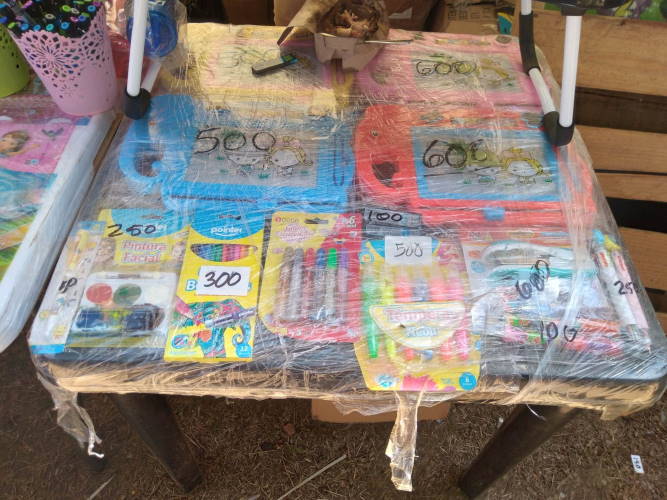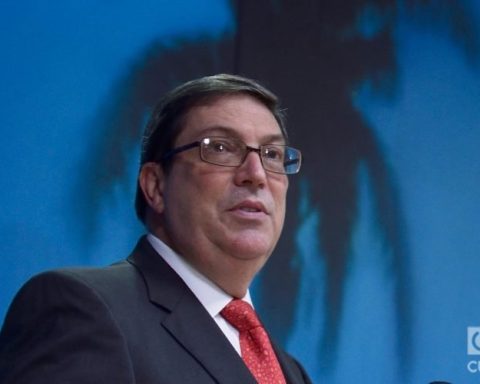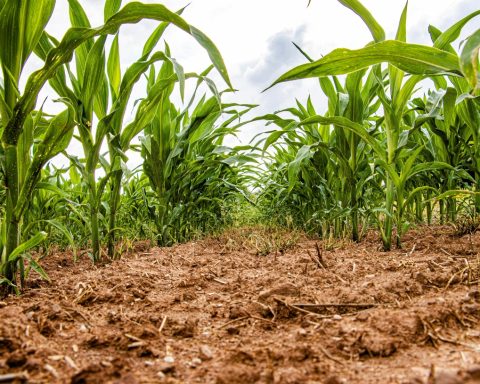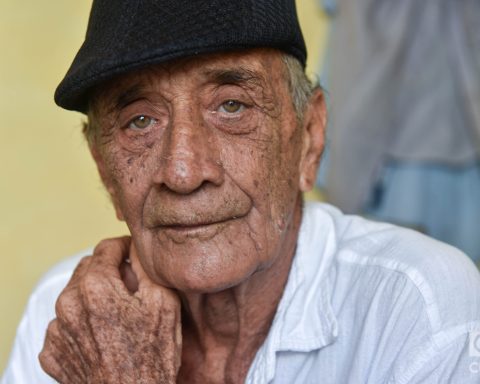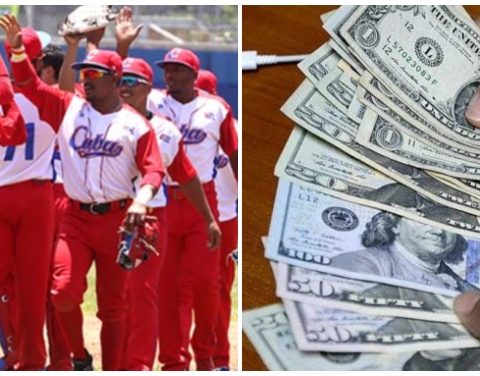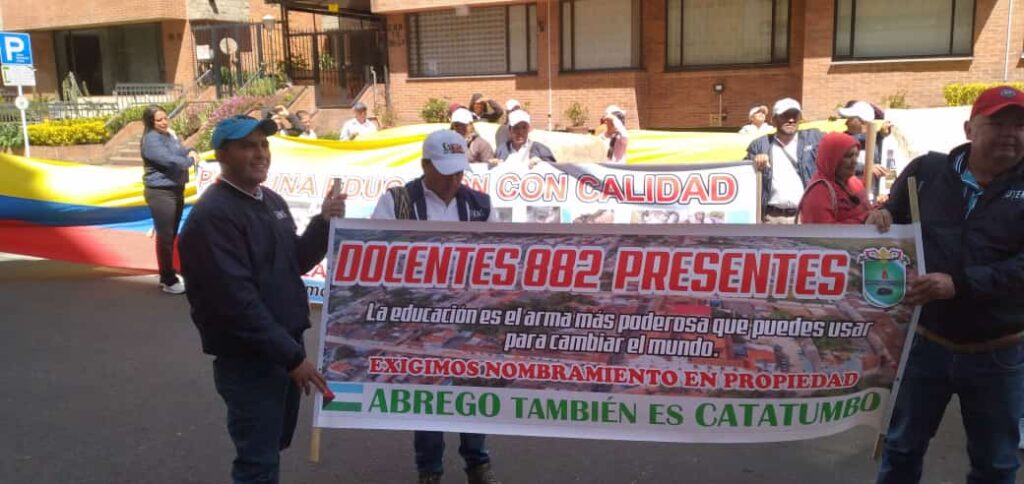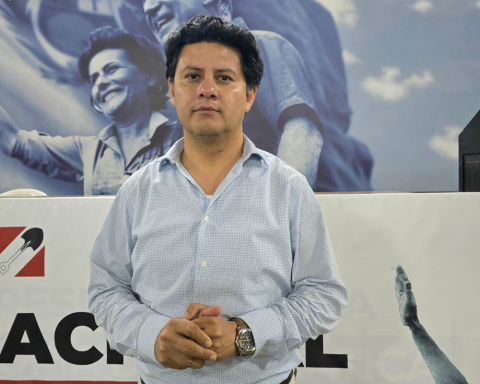Havana Cuba. — The proximity of the new school year Today it creates serious problems for Cuban parents due to the shortages and high costs of school supplies.
At the start of classes, each student will receive a free module with some of the essential school supplies, but these are not insufficient, they are not enough for the entire course. The rest of what is needed will have to be bought by the parents in the few places where they are offered, at exorbitant prices.
A tour of some of the stores where these products can be purchased gives us an idea of the expense that the parents of the students must face.
The fair Art on the Ramp, which takes place every summer in the Cuba Pavilion, has always had an abundant variety of school accessories. But this year the sale was limited to a small piece of furniture inside one of the stands and an outside table.
Everything they offer is expensive: a mechanical pencil, 250 pesos; the mines, 180; a small eraser, 60; glue, 250; pencil sharpener, 60; disposable pens at 50 pesos; the boxes of colored pencils, 250 for the small one, 350 for the large one; and the most amazing thing, a pencil at 40 pesos.
Until a few years ago, the wooden pencil with graphite crayon was sold for one peso. In other words, by virtue of the inflation generated by the economic reorganization, its value increased 40 times.
Considering that a pencil wears out quickly, the cost is unheard of. Before 1959, a pencil with an eraser was worth five cents. Today it costs 800 times more.
The existing school backpacks in Arte en la Rampa, whether from Artex or from the artisans of the Cultural Assets Fund, do not go below 1,500 pesos. The medium ones, which have several departments, reach 2,500 pesos.

Other places with prices equivalent to those mentioned are the Correos de Cuba kiosks. Before, they only sold official newspapers, magazines and tabloids. Now they also sell school supplies, office supplies and some other items.
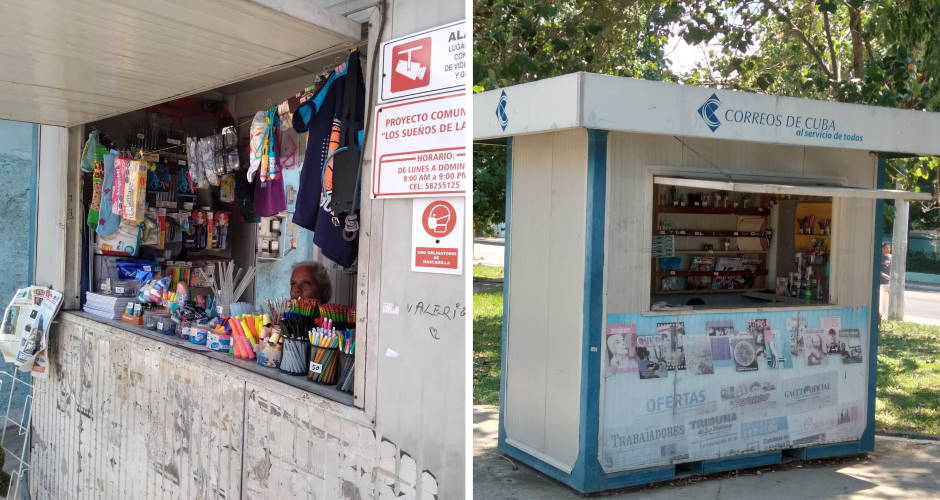
The last Book Fair in the fortress of La Cabaña was flooded with school supplies at very similar prices. The justification then was that these products were brought by foreign exhibitors, and that they became more expensive due to the high cost of the space, the freight of the merchandise and their stay in the country.
If we add other items that are also necessary, such as tennis shoes for school, the account goes up enormously. This type of footwear is only sold by self-employed workers and stores in MLC (freely convertible currency). Its cost ranges between 5,000 and 10,000 pesos, or between 60 and 100 dollars on average in stores per magnetic card.
The biggest complication is that of those parents who have more than one child of school age. A sum of the school supplies mentioned, plus the shoes, as long as the cheapest ones are bought, gives 7,640 pesos for each child. Multiplied by two, it gives 15,280 pesos. For three, the figure reaches 22,920 pesos.
The sum increases throughout the course period with the snack, which, in addition to having to “invent” it, can cost between 50 and 100 pesos per day, that is, weekly between 250 and 500 pesos for each student.
There are very few parents who, with their own resources and salaries, can meet the extremely high costs of each child or adolescent, which is why many resort to the help of relatives outside of Cuba. Only the fewest, those who have their own businesses, can afford these disbursements.
The evident differences between children with high-income parents and those with low resources causes frustration among the children of the latter, for not being able to have the same things as their classmates, which, in the end, can lead to psychological disorders and problems in social behavior.
Receive information from CubaNet on your cell phone through WhatsApp. Send us a message with the word “CUBA” on the phone +1 (786) 316-2072, You can also subscribe to our electronic newsletter by giving click here.
